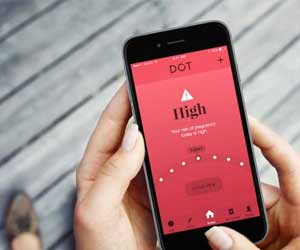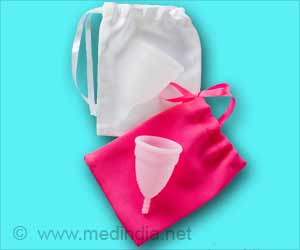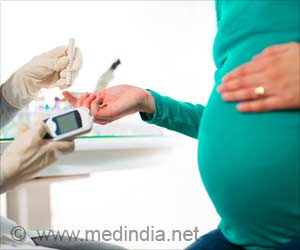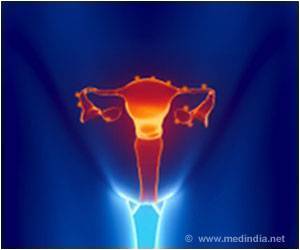Most of women got conceived during the coronavirus pandemic even after using the fertility apps.

‘Erratic nature of fertility apps and ovulation calculators failed women from preventing pregnancy.’
Read More..




"About 80 per cent women in the lockdown period have complained to me that they followed such calculations but failed to conceive due to misleading results. Read More..
"With so many websites promising ovulation cycles, it is difficult to ascertain the veracity of the results due to which missed targets are becoming a common phenomenon," she said.
Agrawal said that calculating ovulation is important while planning or dodging a pregnancy. Besides, it keeps a check on ovulation symptoms such as spotting, tenderness in breasts, abdominal cramps or bloating, or increased sex drive. However, dependence on the apps for this could give misleading results.
"Fertility apps and ovulation calculators are used frequently by menstruating women of all ages for both getting pregnant as well as a means to avoid pregnancy naturally.
"However, the erratic nature of these tools may prevent them from achieving desirable results," she added.
Advertisement
"One can never explain the parameters judged and the process followed by these apps and online calculators to derive conclusions. Women should not use fertility apps during the pandemic simply because they are too wary to visit their doctor. It is advisable to verify the results with an ovulation prediction kit or consult a doctor, even if it is through teleconsultation," she said.
Advertisement
While most women ovulate between Day 11 and Day 21, with beginning with the first day of the last menstrual period as day 1, many, despite having regular periods and a regular cycle, may not ovulate due to various factors such as hormone problems.
"Women must keep in mind that since each human body is different physiologically, there can never be one solution to its problems. Being home to avoid getting infected many have prompted many women to plan natural pregnancy, depending on the results these apps and calculators show.
"However, causes of infertility, such as poor amount and quality of sperm, blocked fallopian tubes, or advanced age, cannot be fixed with an app or calculator. This makes seeing a physician to discuss birth control options and family planning a must," Agrawal added.
Source-IANS











